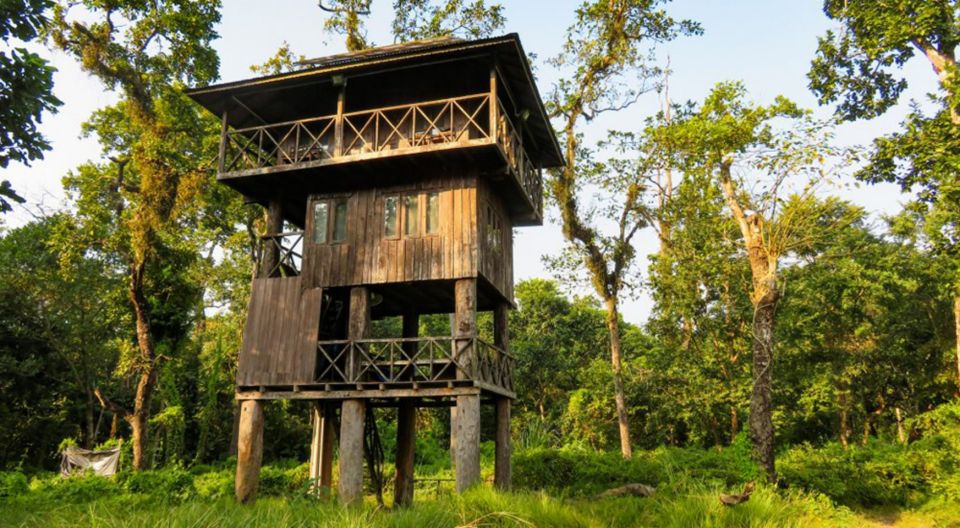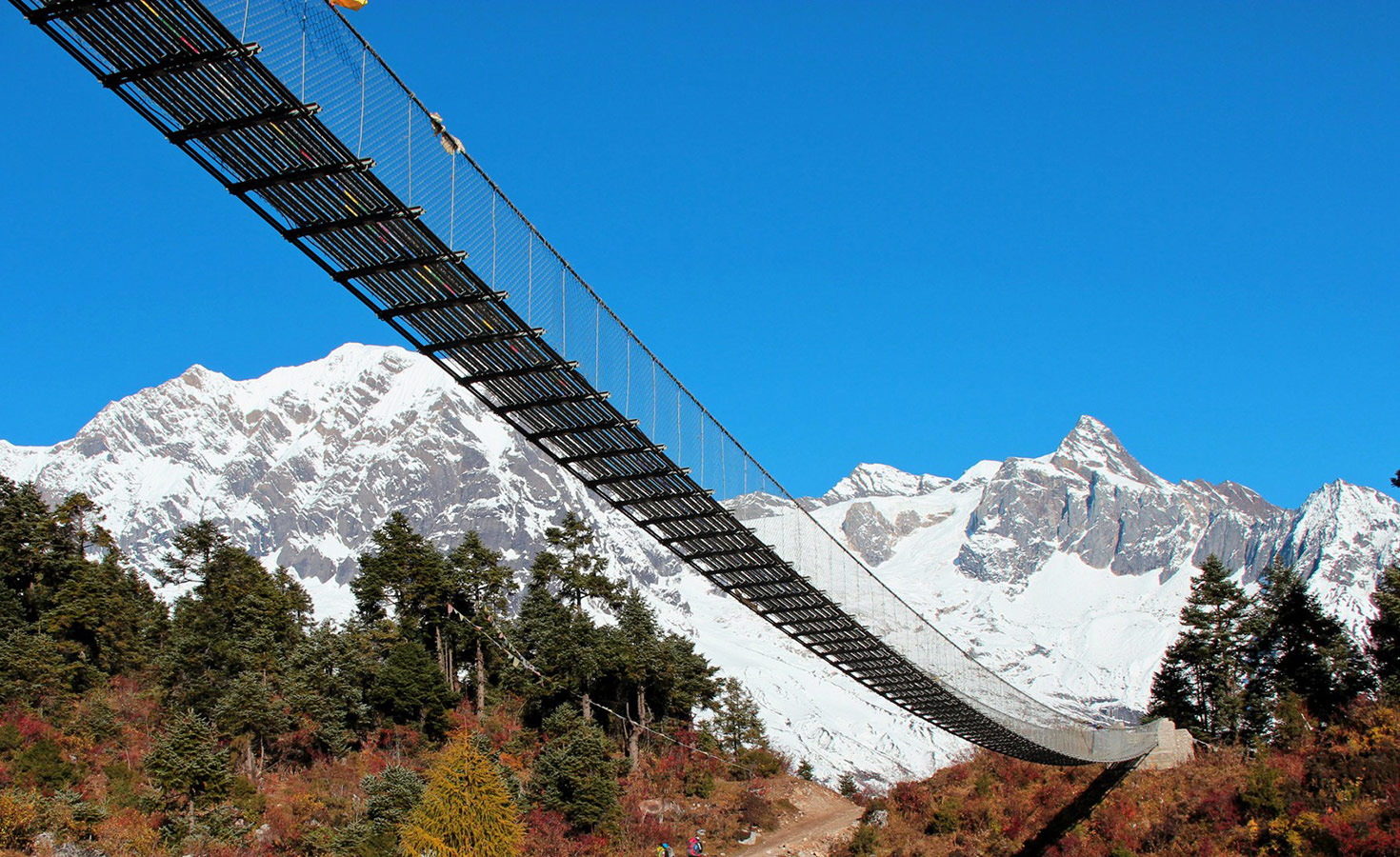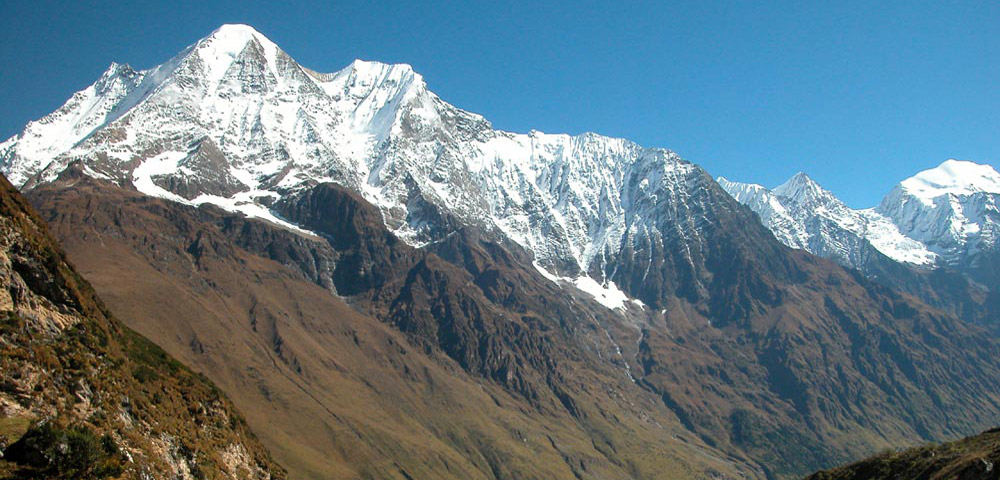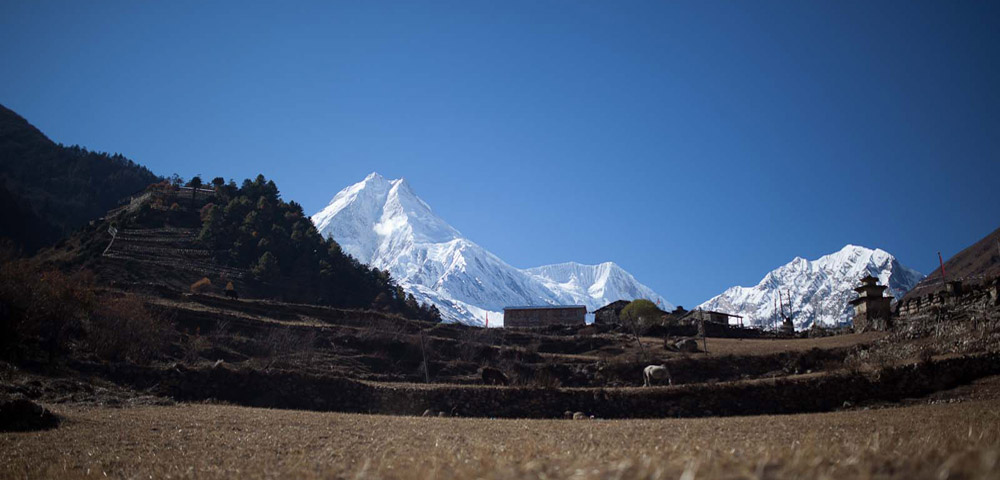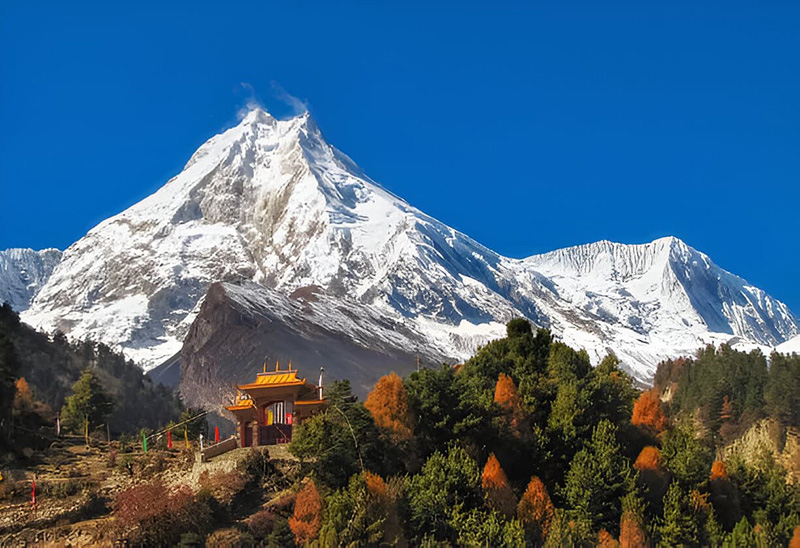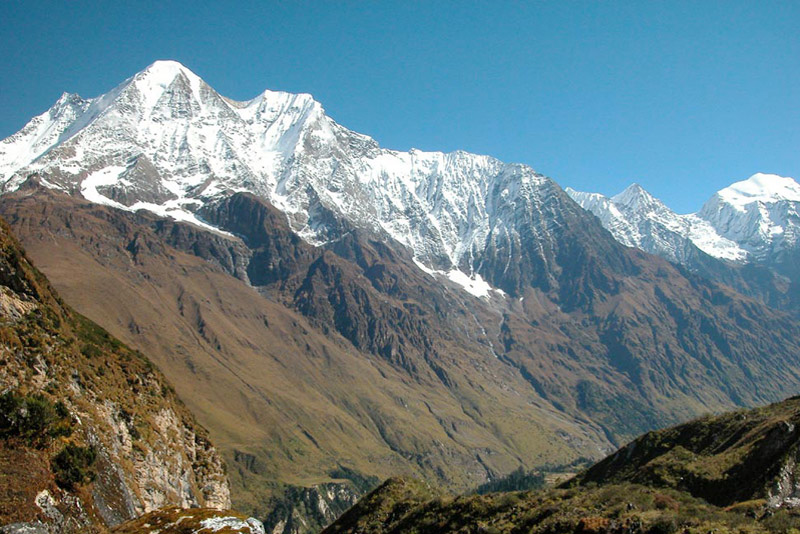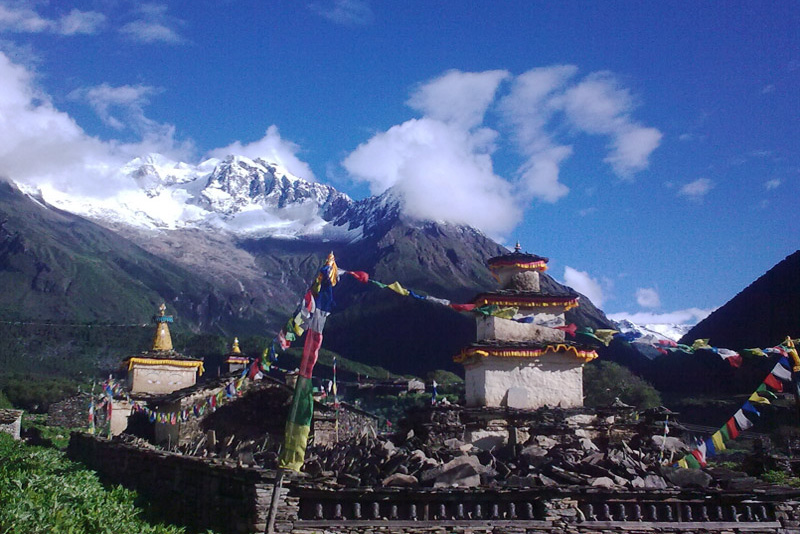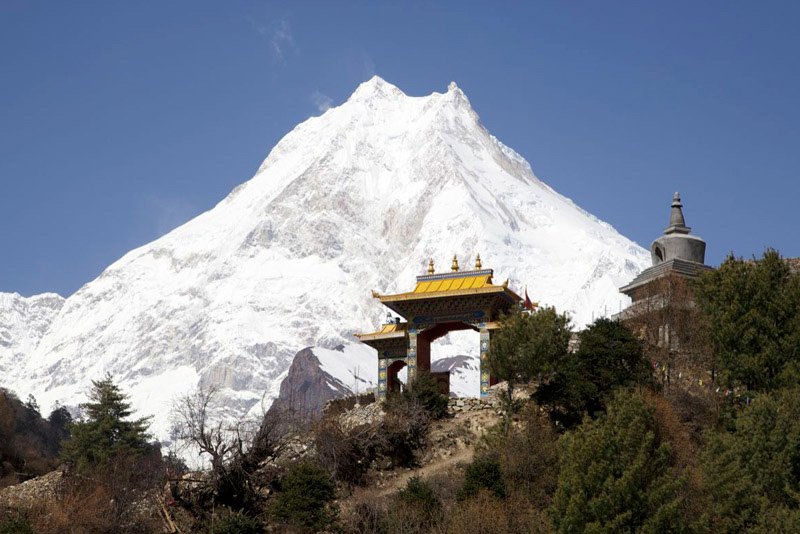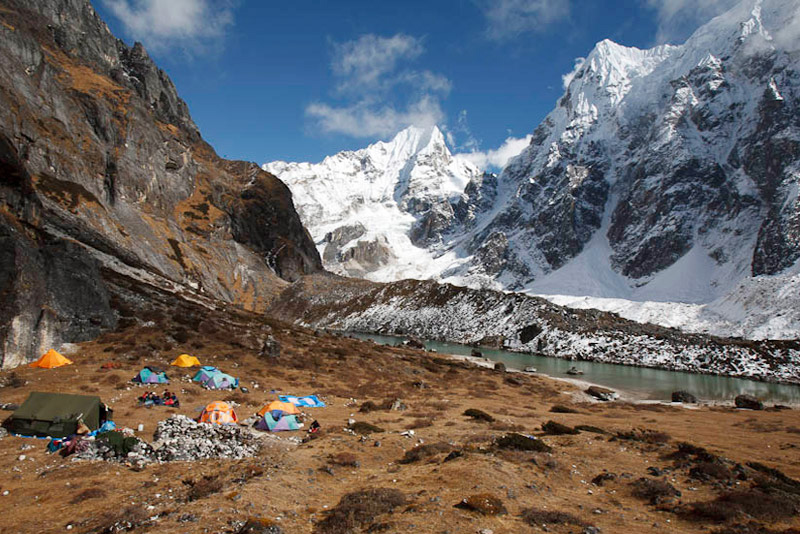Lower Manaslu Trek
The Lower Manaslu Trek is a less-visited and off-the-beaten-path trekking route that offers a blend of cultural experiences, scenic landscapes, and peaceful surroundings.
Lower Manaslu Eco Trail is newly accessible in the lower section of Manaslu, which is renowned for its natural beauty and diversity. The initial capital of Nepal was Gorkha, where King Prithvi Narayan Shah initiated the union of modern Nepal. There are numerous historical and archeological sites throughout the district. This territory of historical, religious, ecological, and cultural value is endowed with natural beauty and has the potential to become one of the nation’s most popular tourist sites. However, only a small number of tourists visit this location. The area contains Mount Manaslu and the well-known Manaslu Circuit Trek. In addition, the Lower Manaslu trail offers easy trekking, historical tours, pilgrimage tours, agrotourism, and community-based homestays. Locals are also committed to the district’s tourist development and promotion. The Lower Manaslu Trek begins at Ghairung, close to the well-known Manakamana Temple, and continues via Gorkha Bazaar, Sirandanda, Barpak, Laprak, Lambai Kharka, and Dharche Danda before reaching Gyampesal. As just a few locations offer commercial lodging, the majority of accommodations are home stays or camping.
Lower Manaslu Trek Highlights
Cultural Diversity: Encounter a mix of ethnic communities, including Gurungs, Magars, Tamangs, and Brahmins, each with their own distinct cultures, traditions, and lifestyles.
Traditional Villages: Explore charming villages like Barpak, Laprak, and Gumda, known for their traditional architecture, terraced fields, and warm hospitality.
Gorkha Bazaar: Visit the historic Gorkha Bazaar, the birthplace of King Prithvi Narayan Shah and a place of historical significance for Nepal’s unification.
Gurkha History: Learn about the legendary Gurkha soldiers and their history while visiting Gorkha, which has strong ties to the Gurkha heritage.
Scenic Landscapes: Trek through diverse landscapes, including terraced fields, lush forests, river valleys, and picturesque ridges.
Budi Gandaki River: Follow the Budi Gandaki River, passing by charming villages and enjoying the tranquil atmosphere created by the flowing water.
Views of Himalayan Peaks: Enjoy panoramic views of the Himalayan peaks, including Manaslu (8,163 meters), Siringi Himal, Bouddha Himal, and others.
Tibetan Buddhist Culture: Experience the influence of Tibetan Buddhism in the region by visiting monasteries, chortens, and prayer flags along the trail.
Local Lifestyle: Interact with locals, participate in their daily activities, and gain insights into their traditional farming practices and way of life.
Hot Springs: Relax in the natural hot springs of Tatopani, offering a soothing experience after days of trekking.
Peaceful Atmosphere: Enjoy the tranquility of a less-frequented trekking route, allowing you to experience Nepal’s beauty in a peaceful and unhurried manner.
Off-the-Beaten-Path: The Lower Manaslu Trek is relatively less visited compared to other popular trekking routes, providing a more authentic and less crowded experience.
The Best time for Lower Manaslu Trek
The best time for the Lower Manaslu Trek is during the post-monsoon (autumn) season from September to November and the pre-monsoon (spring) season from March to May. These months offer the most favorable weather and trekking conditions for a safe and enjoyable experience on the less-visited Lower Manaslu route. These seasons also align with the accessibility of the region’s trails, as the snow has melted and the paths are more navigable.
When you arrive at Tibhuvan International Airport, our guide will pick you up and take you to your hotel in the bustling Thamel district of Kathmandu. Depending on your arrival time, you can choose to relax for the next journey, see the city’s attractions, or shop for adventure gear in one of Kathmandu’s many adventure supply stores. We’ll assemble our bikes and be ready for the journey in the afternoon.
From Kathmandu, the tour begins with a three-hour drive to the Cable Car Station at Kurintar. The 17th-century Manakamana Temple (1,315m) can be reached through a 10-minute cable car ride. The temple attracts both Nepalese worshippers and tourists from all over the world. The journey begins after lunch at Manakamana Bazaar. About 2 kilometers to the north of the Manakamana Temple is the Bakyaswori Mahadeva Temple. People believe that praying at the temple will cause mute children to begin speaking. About 500 meters further uphill is a sacred cave associated with Siddha Lakhan Thapa (creator of the Manakamana temple) that also offers a spectacular view of the Manaslu Himalayas. A 250-year-old temple erected during the reign of King Prithvi Narayan Shah is adjacent to the cave. The trail then descends to Tinmane Bhanjyang from here. The village also provides homestay accommodations. The day’s journey culminates in the Ghairung VDC community of Pipalchap. As there are no hotels in the vicinity, the town offers house stays to visitors.
The walk continues from Ghairung into Bungkot, the birthplace of Lakhan Thapa, Nepal’s first martyr. In addition to the historical attraction, the community also features the Lakhan Thapa Memorial Park. There is a bust of the martyr Lakhan Thapa in the park. It also contains historical items such as Lakhan Thapa’s swords and a stone spout. The locals are preserving these ancient sites without the expected support of outsiders. Magars make up the majority of this village’s inhabitants. Bungkot provides a homestay accommodation and serves delicious food made with locally farmed organic ingredients. Gorkha Bazaar, the district capital of the Gorkha district, is approximately 1.5 hours’ walk from Bungkot via a simple path. Here, travelers can choose from a variety of hotels, ranging from luxurious to economical.
The day is spent seeing the fascinating locales surrounding Gorkha Bazaar. a) The Gokha Palace The historical Gorkha palace, from which King Prithvi Narayan Shah initiated the modern unification of Nepal, is located approximately 300 meters above Gorkha Bazaar. The palace is visible from all surrounding locations and dominates its surroundings. In addition, it gives magnificent vistas of green valleys and the Himalayas. The palace features an abundance of medieval architecture. c) Cave of Gorkhanath The Gorakhnath cave is located approximately 10 meters below the castle. It is claimed that the cave was the abode of the great sage Gorakhanath Baba, after whom the district is named. It is said that the sage guided the Shah dynasty. Due to his direction and blessing, the Shah dynasty was able to unite minor states into modern Nepal. The Gorkha market is the location of the Gorkha Museum. It contains numerous relics and personal possessions of King Prithvi Narayan Shah, including his 52-foot-long chino (birth details). In addition to these treasures, it also displays ancient art, sculptures, coins, and a number of other objects of historical importance.
A 6-7-hour trip from Gorkha Bazaar brings us to the village of Bhachek. The drive itself is a unique experience as it traverses small, winding mountain roads that overlook the Daraundi River. From Ghachek, we may reach Sirandanda through a simple one-hour hike. Siran Danda (which means hilltop in Nepal) is located at an elevation of 1900 meters and, according to its name, lies atop a tiny hill. It is populated by Hyolmo individuals. Nagepokhari, Dudhpokhari, Bhot dodar, Chima, Dharadi, and a tea garden are some of Sirandanda’s top attractions. It also provides a breathtaking view of the sunrise and the Manaslu mountain range. The town contains an abundance of medicinal herbs, including, among others, nirmasi, jedamsi, jatamasi, rato unyu, yarsagumba, and satuwa. There are accommodations for home stays available in the hamlet. The village’s agricultural products are organic potatoes and unprocessed tea leaves. Sirandanda is struggling to find its place on the country’s tourism map, despite its vast potential.
From Sirandanda, the settlement of Mathar is around 1.5 hours’ walk northeast (1790m). We arrive at Ghyachowk for lunch following a 1.5-kilometer stroll from Matha. Even though there are no motels in the area, we can call residents in order to cook lunch. After lunch, a 4.5-hour journey via Dewalsara, Sum River, Daraudi River, Goje, and Alagang brings us to the settlement of Barpak (1920m). Barpak, which is predominantly inhabited by ex-soldiers, is also well-known as the hometown of Late Capt. Gaje Ghale, the recipient of the renowned Victoria Cross medal. Here, Gurung and Ghale make up the majority of the population. The village is equipped with all essential amenities, including round-the-clock electricity, Internet access, medical care, and a few hotels. Except during rainy season, regular bus service to Kathmandu is provided from the village. Barpak’s primary features are its clustered stone-roofed homes, its stone-built lanes, and its panoramic view of Buddha Himal. In addition to traditional hotels, the community offers well-organized home stay facilities. Barpak has received numerous national and international honors. The village was recognized for Nepal Tourism Year 2011 as a unique destination. It has hosted a number of notable figures, including former German chancellor Dr. Roman Herzog.
The lovely Laprak town is reached after a six-hour hike from Barpak via Basukang, a junction that also connects to Rupina La Pass, a popular Manaslu trip (2100m). The community is situated in an area prone to landslides. In 1999, the landslide destroyed homes and around 12 hectares of cultivable land. Since then, residents have lived in perpetual anxiety, particularly during monsoon season. Unlike most villages in Nepal, the entire Laprak Village Development Committee consists of a single village (VDC). In this village, the nine wards of Laprak VDC are more densely populated. From April through October, the village experiences pleasant and cool temperatures. From November through March, the climate becomes frigid. At this time of year, the town experiences heavy snowfalls. This typical Gurung settlement is a common overnight stop for Manaslu climbers. The village, which is accessible from Tatopani in the east and Gumda in the south, contains two hotels. The village is the birthplace of the late Iman Singh Gurung, the first Gurung from western Nepal to reach the peak of Mount Everest. The majority of villagers are involved in the tourism industry, and a handful of them have acquired international reputation.
Four hours of moderate hiking brings us to Lambai Kharka (2700m). As its name suggests, Lambai Kharka (kharka meaning pastureland in local dialect) is an open pasture land with a few temporary huts of Laprakis (people of Laprak) that give shelter during planting and potato harvest seasons. Trekkers must provide for their own food and housing. Additionally, there is no restroom facility. In Nambai Kharka, trekkers are urged to adhere to a vegetarian diet because locals fear that eating meat will make them sick.
This morning, we awoke early and climbed to the summit of Dharche Danda (3220m). Dharche Danda, the highest point of the Lower Manaslu Trek, offers spectacular sunrise views and a panoramic view of more than 20 Himalayan peaks, including Annapurna I, Annapurna II, Bharatsikhar, Gangapurna, Machhapuchhre, Lamtang, Himalchuli, Buddha Himal, Sarang Peak, Malkunti Peak, Babu Himal, Sringi Himal, and Ganesh I, II Dharche Danda has significant religious importance for the Gurung. They pray to the hill deity to prevent natural disasters. Additionally, tree felling is prohibited in the area. It is also claimed that if travelers pray to the hill deity, they will be granted clear visibility and be protected from tragedy while trekking. After appreciating the morning and mountain vistas, we descend to the Gurung settlement of Tallo Thotneri. The trek takes approximately seven hours. Even though there are no commercial accommodations available, the village has an exceptional home stay facility. Villagers also perform traditional dances and provide regional foods. Sita Cave and Olajung Danda are further nearby attractions to Tallo Thotneri.
The ninth day of the hike advances toward Sita Cave (1165m), which is approximately 1.8 kilometers from Tallo Thotneri. The cave, which is located in the center of a dense forest, has holy significance for Hindus and is one of the area’s most popular tourist attractions. On the day of Ram Nawami, which is observed on the ninth day of the bright fortnight of the Hindu month of Chaitra (March/April), tens of thousands of devotees congregate to honor Lord Ram. It is believed that Goddess Sita, the wife of Lord Ram, lived in the cave. The experience of caving is fascinating and exciting. After exploring the cave, we journey to Gyampesal, the expedition’s last goal. A few hours are required for the journey from Sita Cave. Tents and home stays are the types of accommodations available in Gyampesal.
Today, we return to Kathmandu via private jeep for around 7 hours and check into the hotel in Kathmandu.
Today we will take you to the airport to catch your flight out of Nepal. Alternatively, if you’d like to stay longer, we may make additional travel arrangements to assist you continue your cycling experience.
- All necessary accommodations as per the itinerary.
- Tea House accommodations during the trek.
- Daily breakfast, lunch and dinner during the trekking.
- All necessary paper works.
- All necessary trekking permits.
- Experienced and First Aid-trained trekking guide.
- Strong, helpful porters.
- Comprehensive medical supplies.
- Trekking map.
- Insurance of all local team.
- Warm clothing and trekking gear for staff.
- Sleeping bag and trip duffle bag.
- Trekking certificate issued by us.
- Welcome and farewell dinner in Kathmandu.
- Nepal Visa fee.
- International flights.
- All meals not mentioned in inclusions.
- Personal expenses not stipulated.
- Optional add-ons.
- Gratuities.
You might also like...
Top Add-on Trips
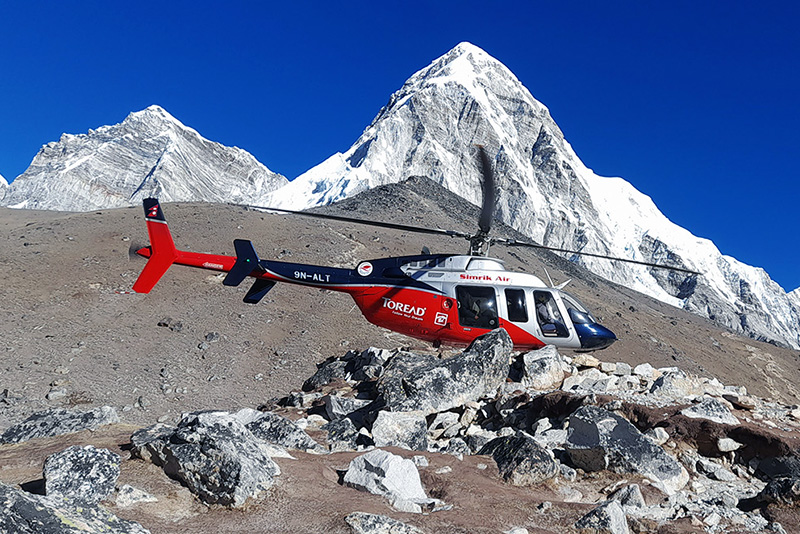
Everest Base Camp Helicopter Tour
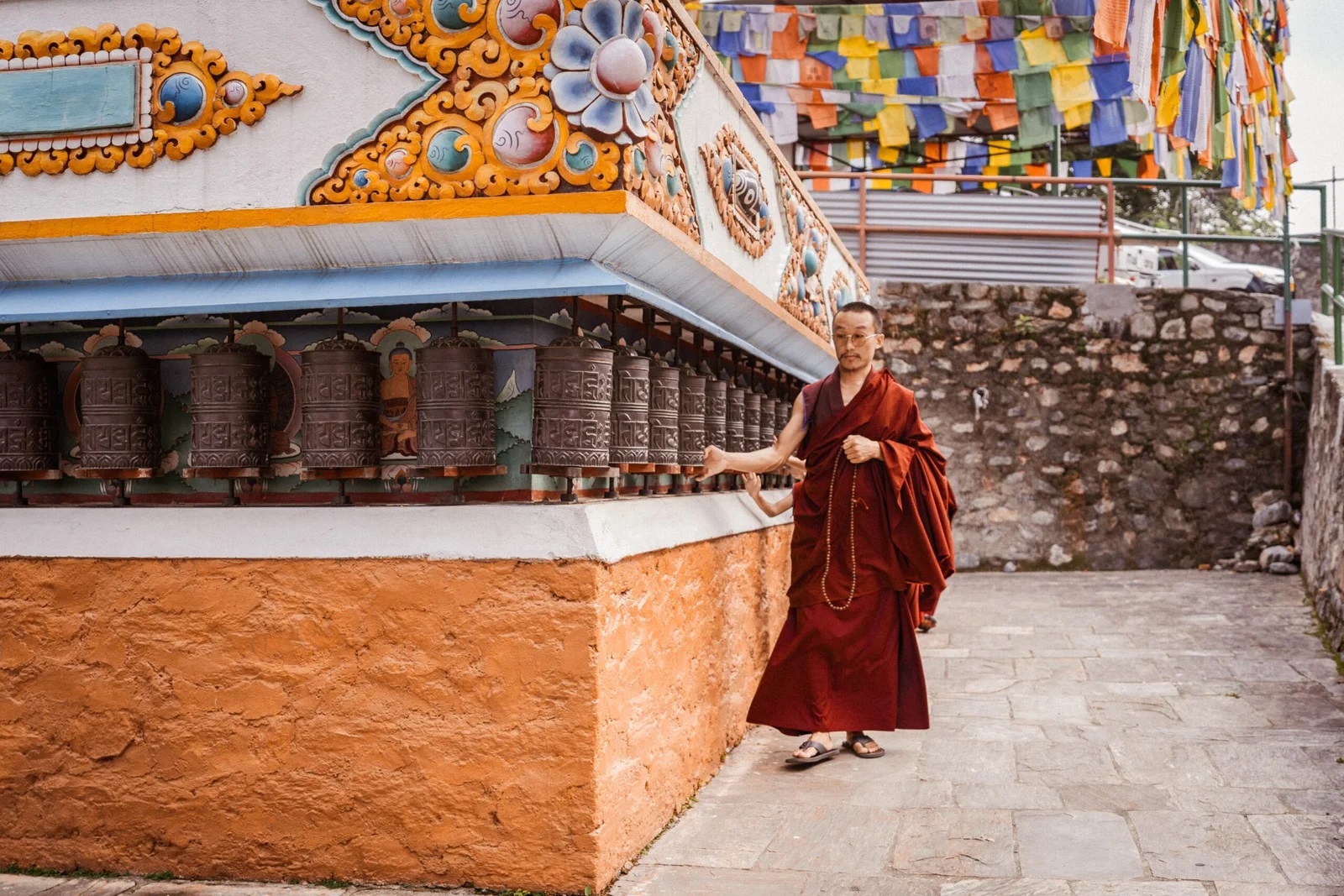
Monastery Stay Tour
